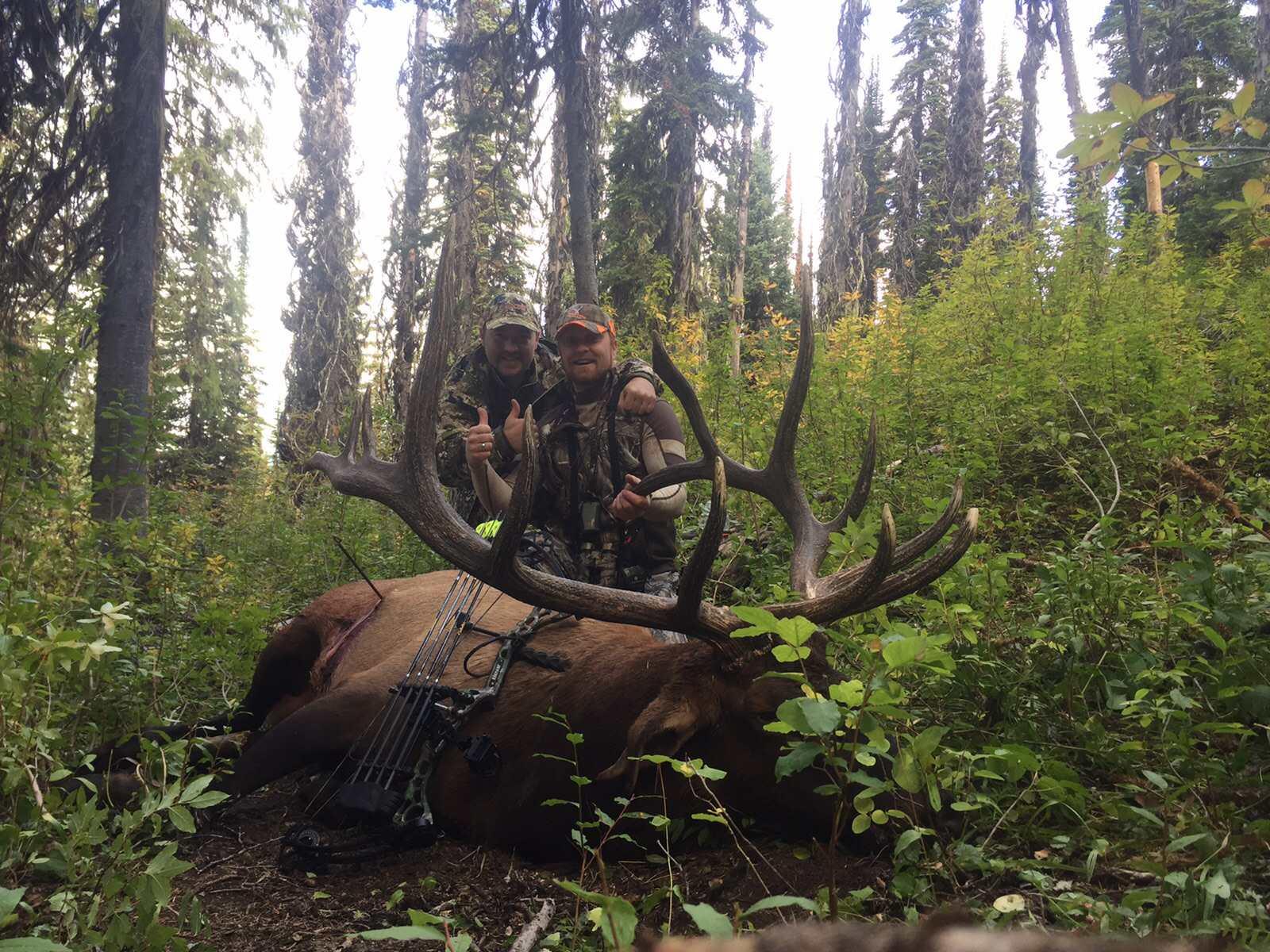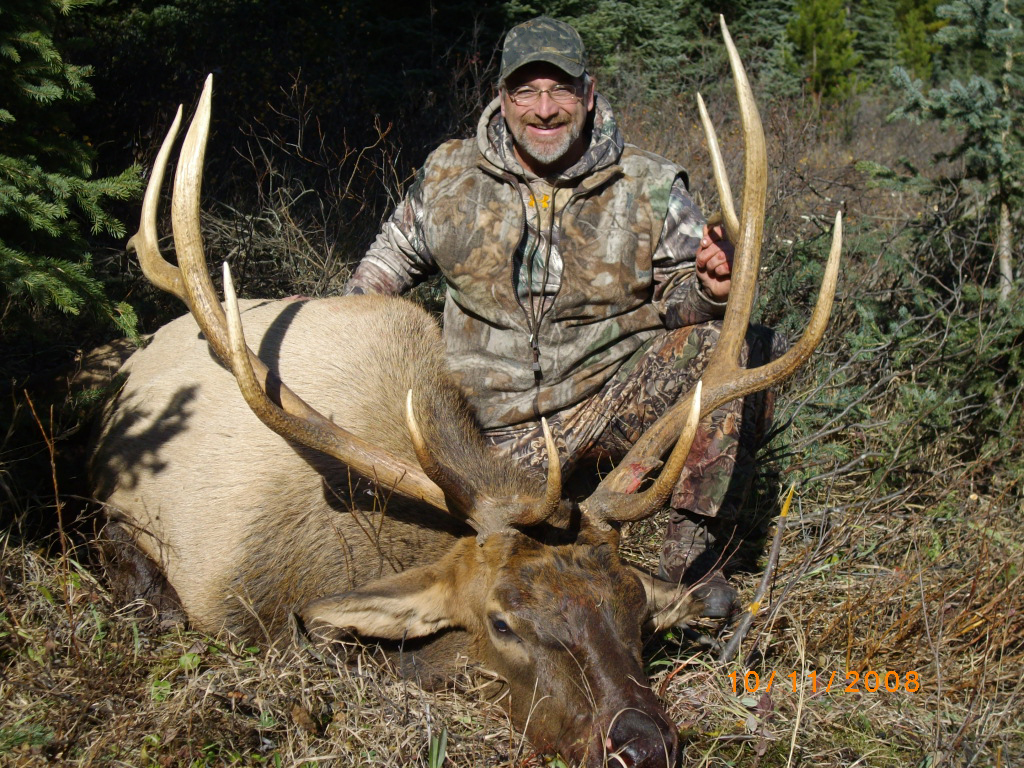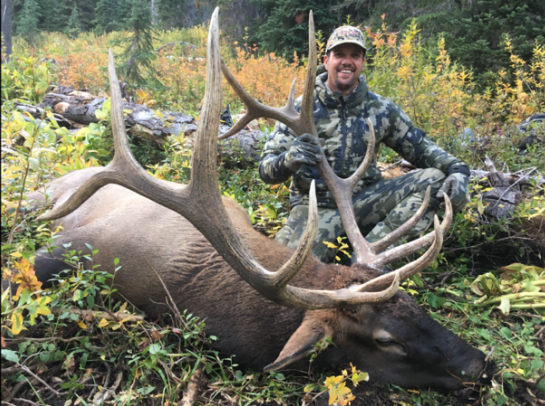Rocky Mountain Elk






The Rocky Mountain elk (Cervus canadensis nelsoni) is a subspecies of elk found in the Rocky Mountains and adjacent ranges of Western North America. The winter ranges are most common in open forests and floodplain marshes in the lower elevations. In the summer it migrates to the subalpine forests and alpine basins. Elk have a diverse habitat range that they can reside in but are most often found in forest and forest edge habitat and in mountain regions they often stay in higher elevations during warmer months and migrate down lower in the winter. They may even come down the mountain and leave the forest into some grassland for part of the day but head back into the timber in the evening. Climate change/warming can keep elk in their higher elevation habitats for longer into the winter than normal.Climate changes such as warming have in some cases even increased the seasonal range of elk in the winter. For example, in Yellowstone the climate warming has kept the snow at a lower level than in the past and has given the elk the ability to populate higher ranges than before. The lack of snow in Yellowstone has also given the elk an advantage over the wolves in their predator prey relationship because wolves rely on deep snow to hunt elk in winter ranges of Yellowstone. The total wild population is about one million individuals.
The Rocky Mountain elk was reintroduced in 1913 to Colorado from Wyoming after the near-extinction of the regional herds. While overhunting is a significant contributing factor, the elk’s near-extinction is mainly attributed to human encroachment and destruction of their natural habitats and migratory corridors. A year later, twenty-one elk from Jackson Hole, Wyoming were reintroduced to South Dakota's Wind Cave National Park for population increase. Conservation efforts also brought the elk populations in New Mexico from near zero numbers in the late 1800s and early 1900s, to healthy populations in the 1930s in Northern New Mexico.
